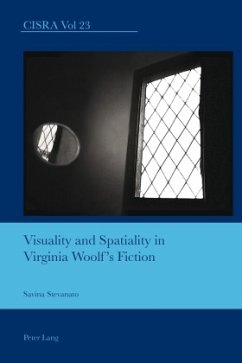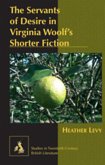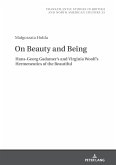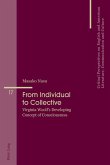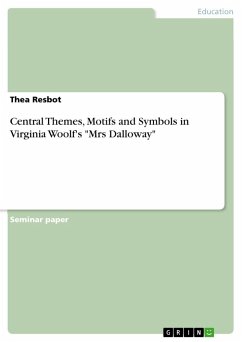This book offers an interpretative key to Virginia Woolf's visual and spatial strategies by investigating their nature, role and function. The author examines long-debated theoretical and critical issues with their philosophical implications, as well as Woolf's commitment to contemporary aesthetic theories and practices. The analytical core of the book is introduced by a historical survey of the interart relationship and significant critical theories, with a focus on the context of Modernism. The author makes use of three investigative tools: descriptive visuality, the widely debated notion of spatial form, and cognitive visuality. The cognitive and remedial value of Woolf's visual and spatial strategies is demonstrated through an inter-textual analysis of To the Lighthouse, The Waves and Between the Acts (with cross-references to Woolf's short stories and Jacob's Room). The development of Woolf's literary output is read in the light of a quest for unity, a formal attempt to restore parts to wholeness and to rescue Being from Nothingness.

